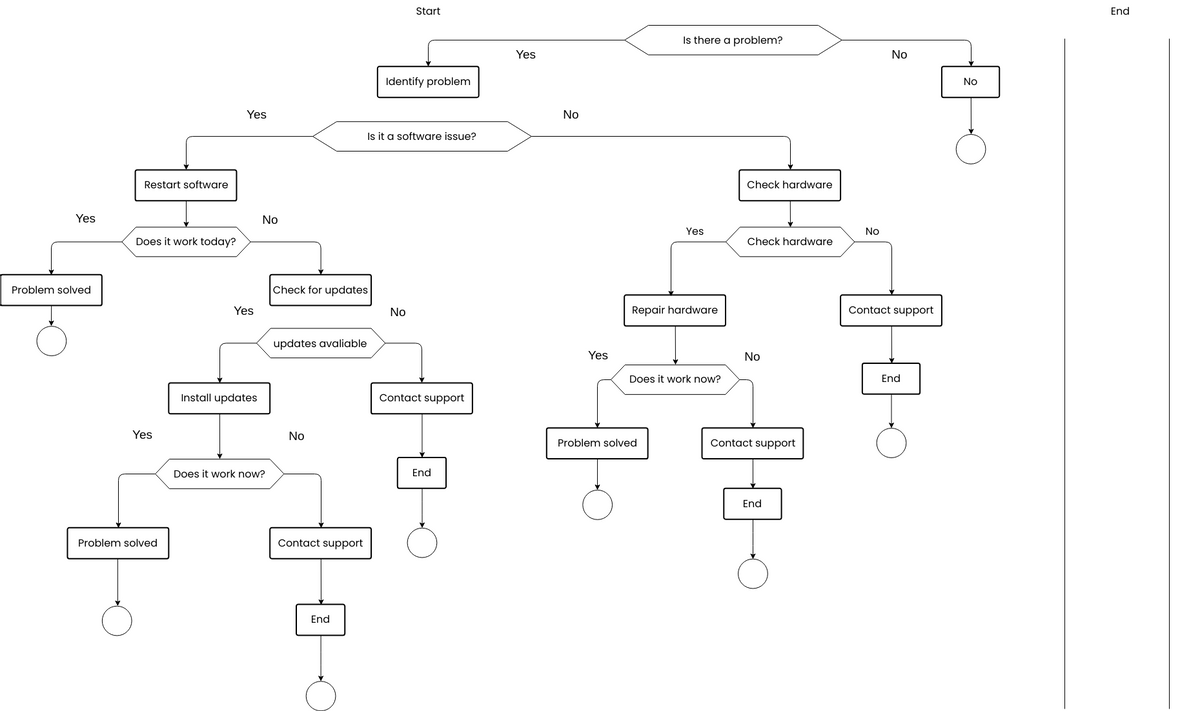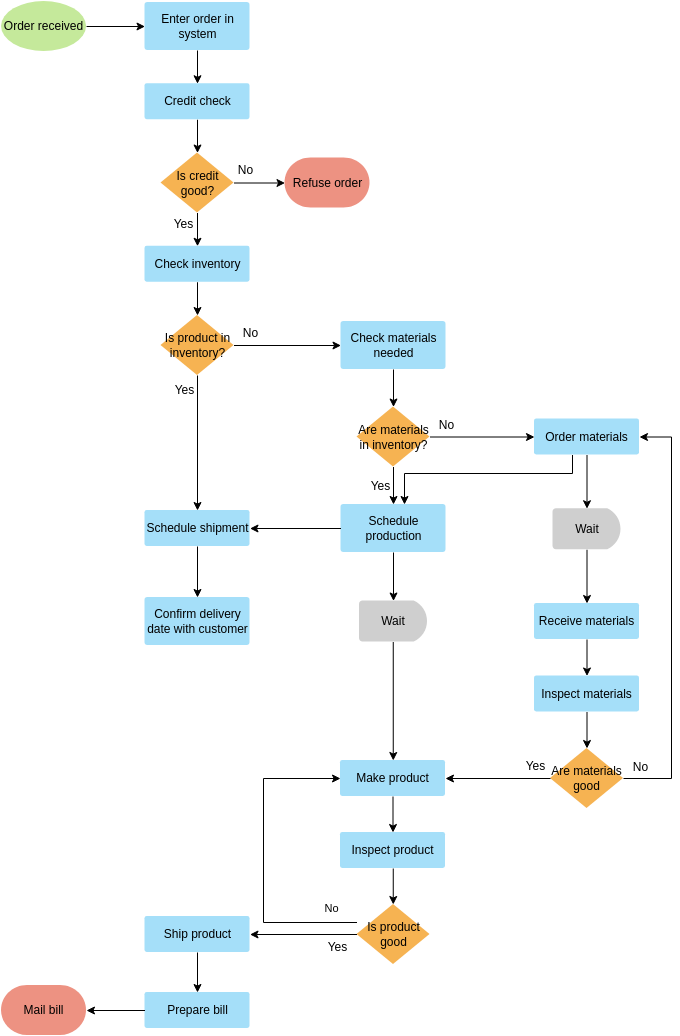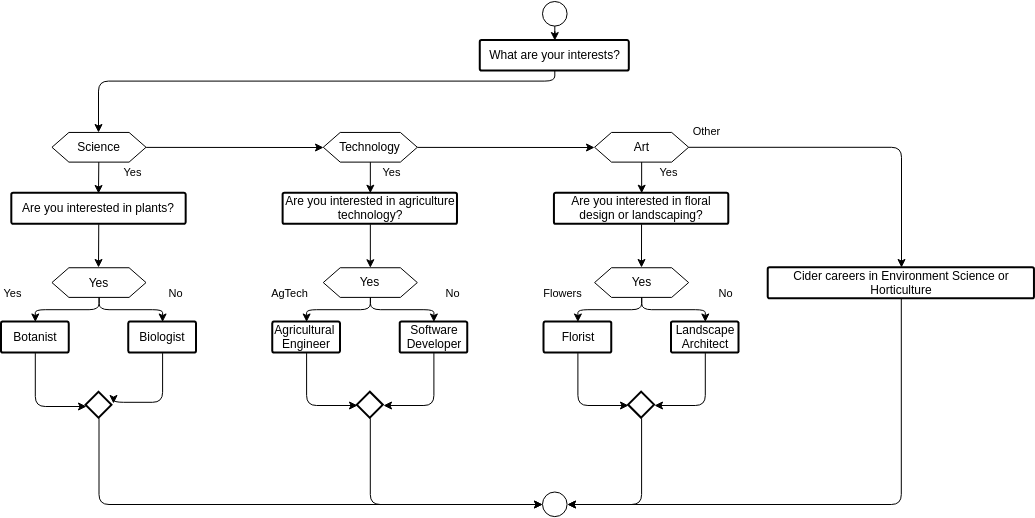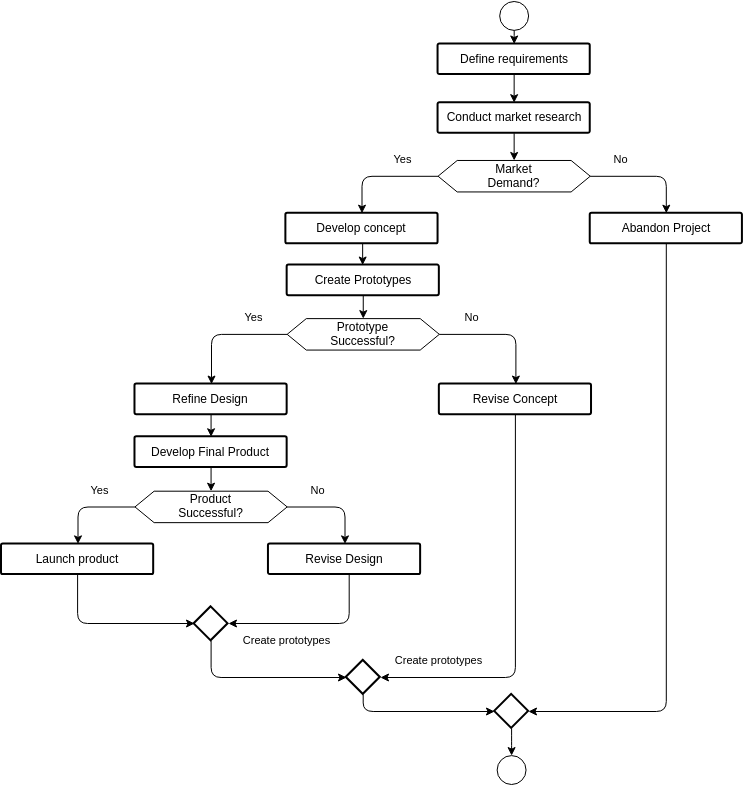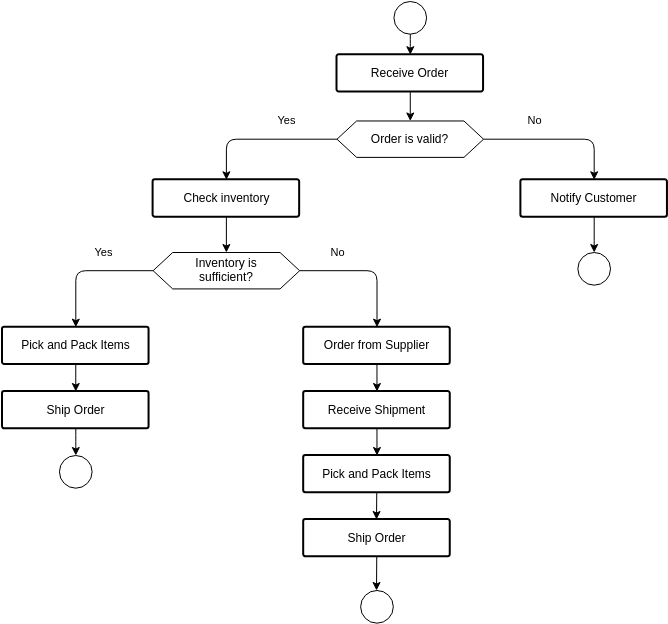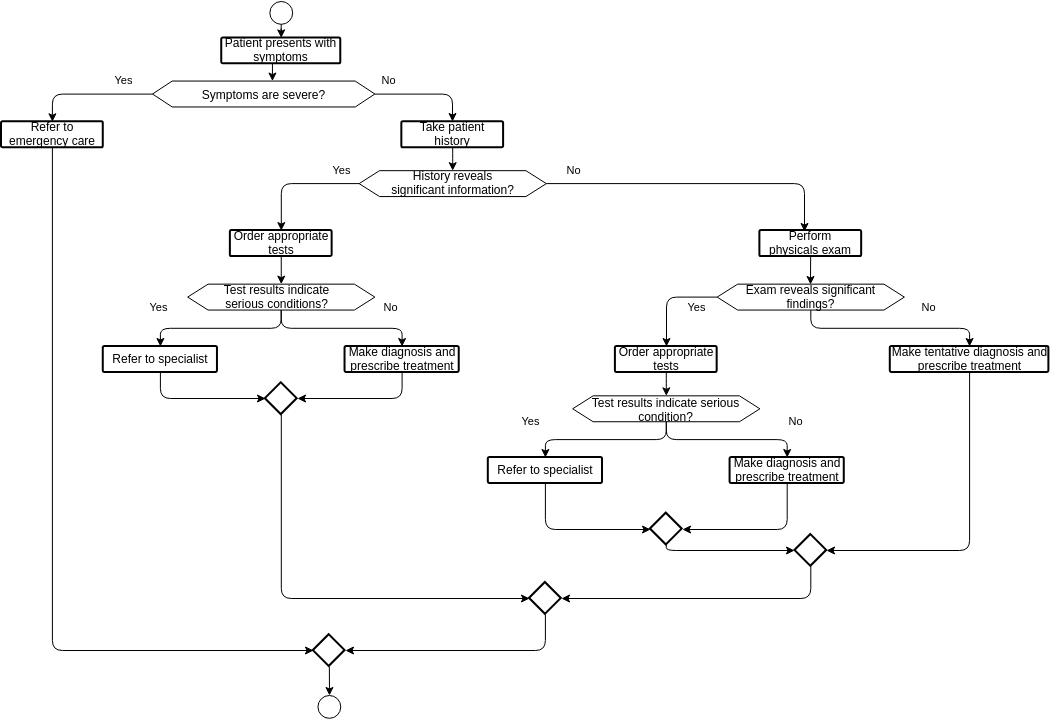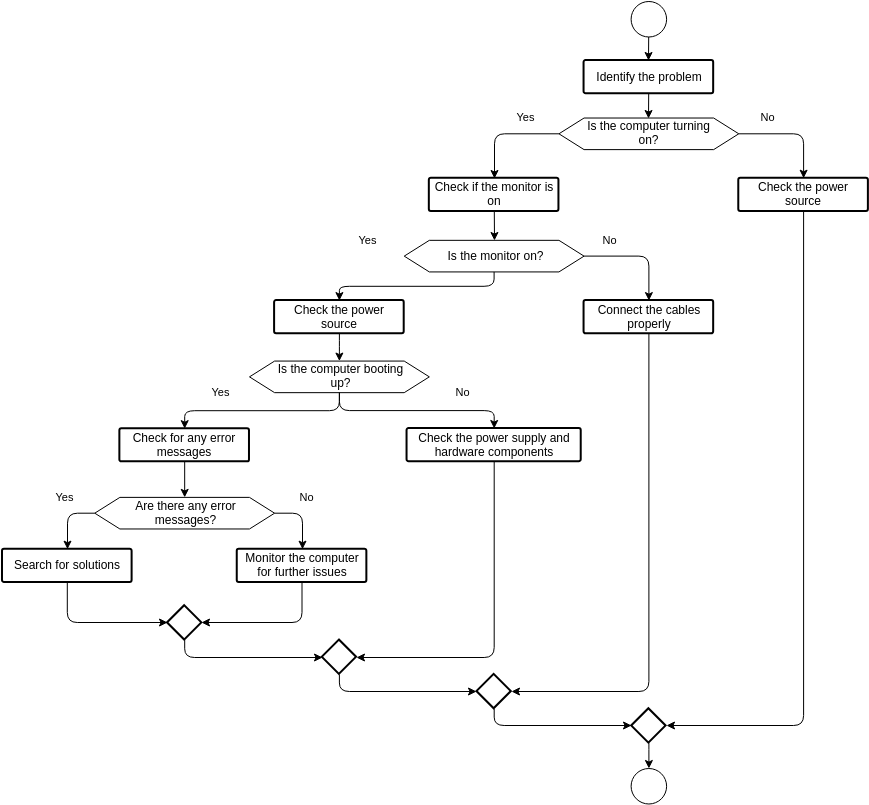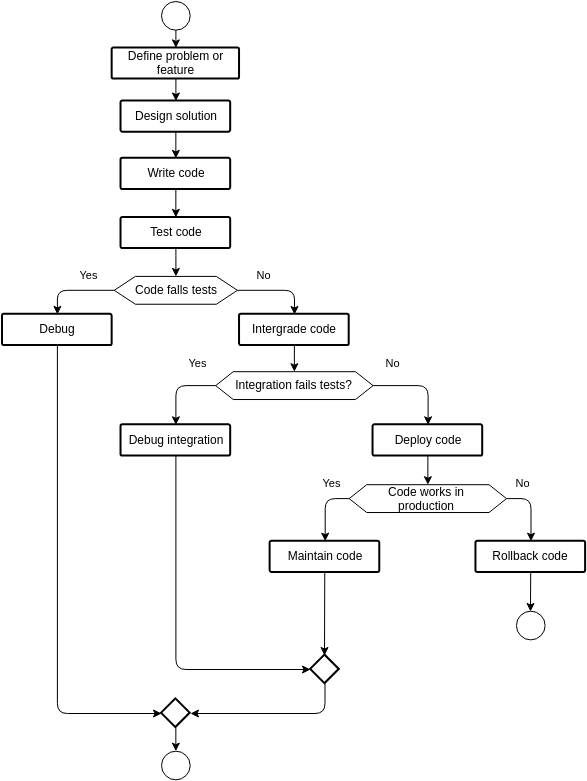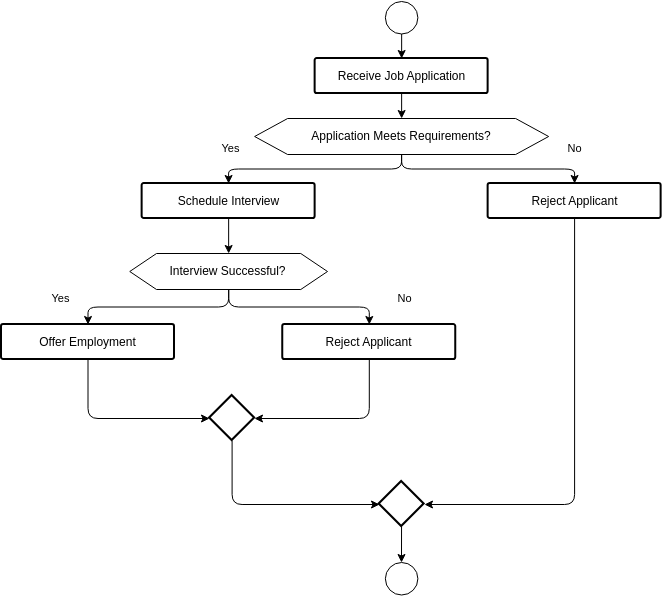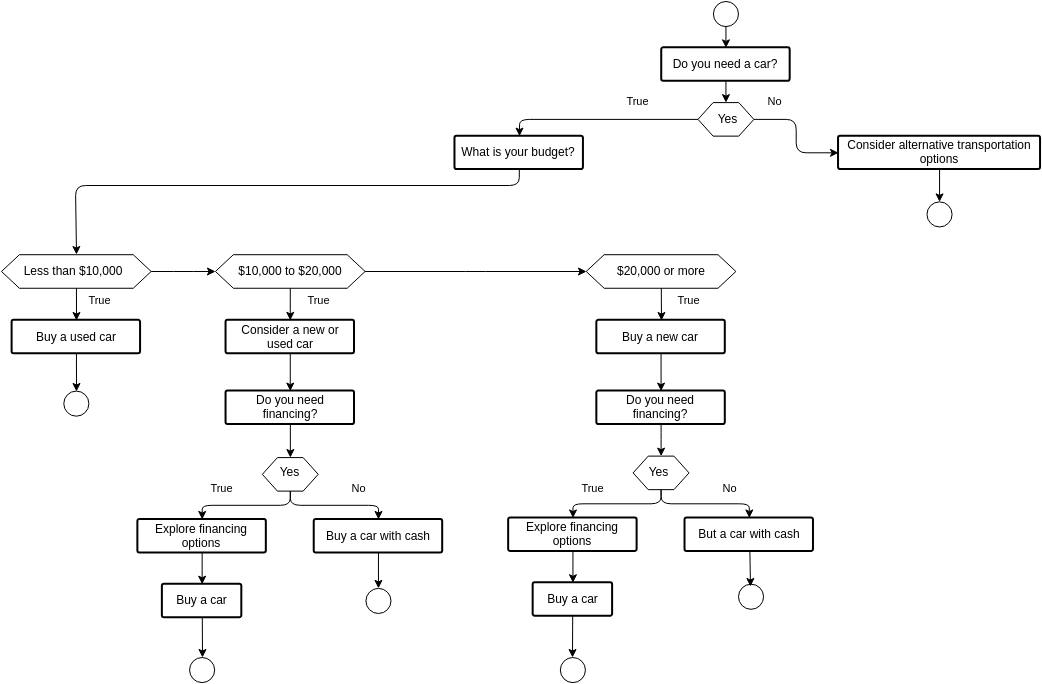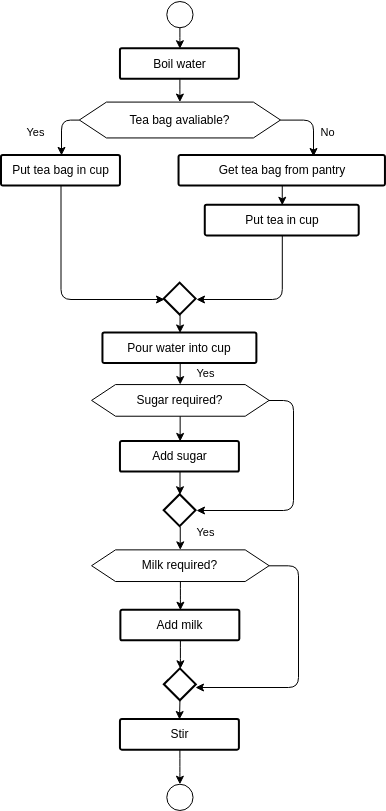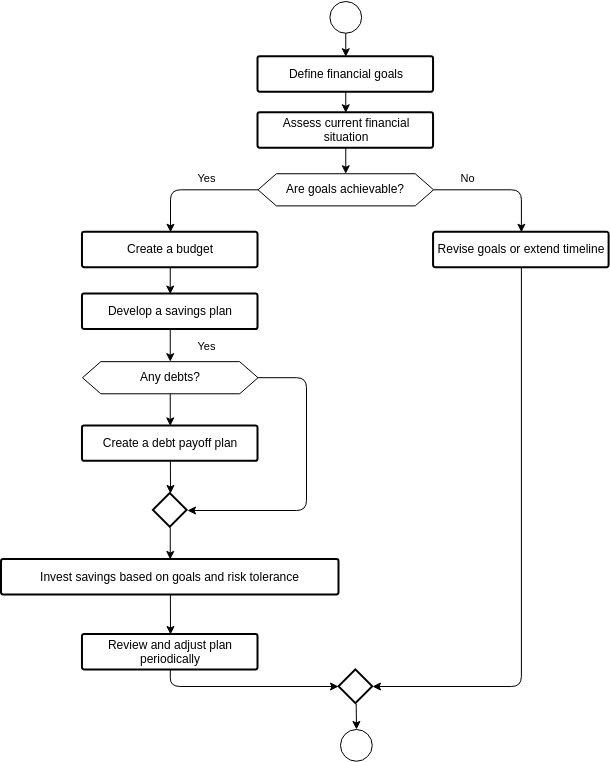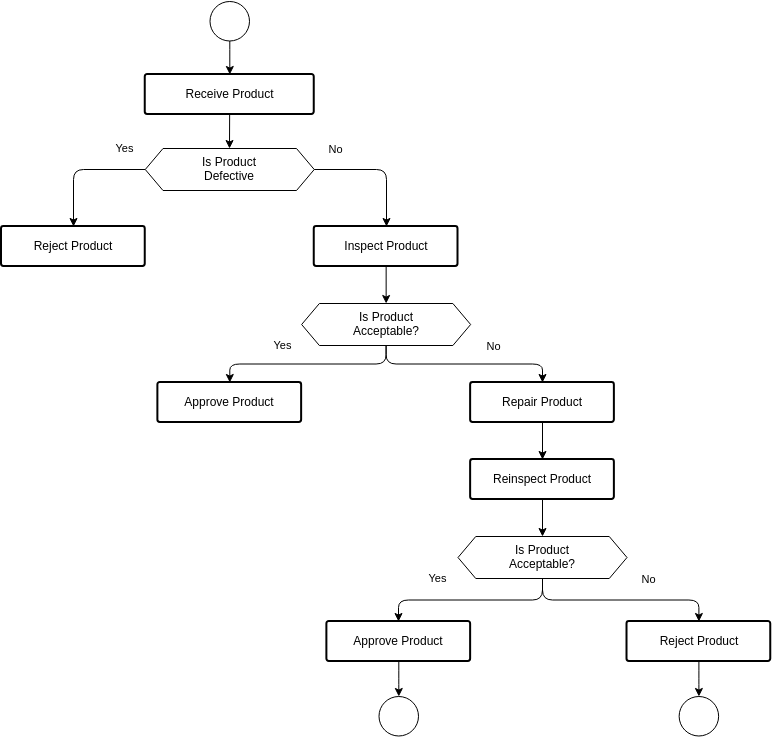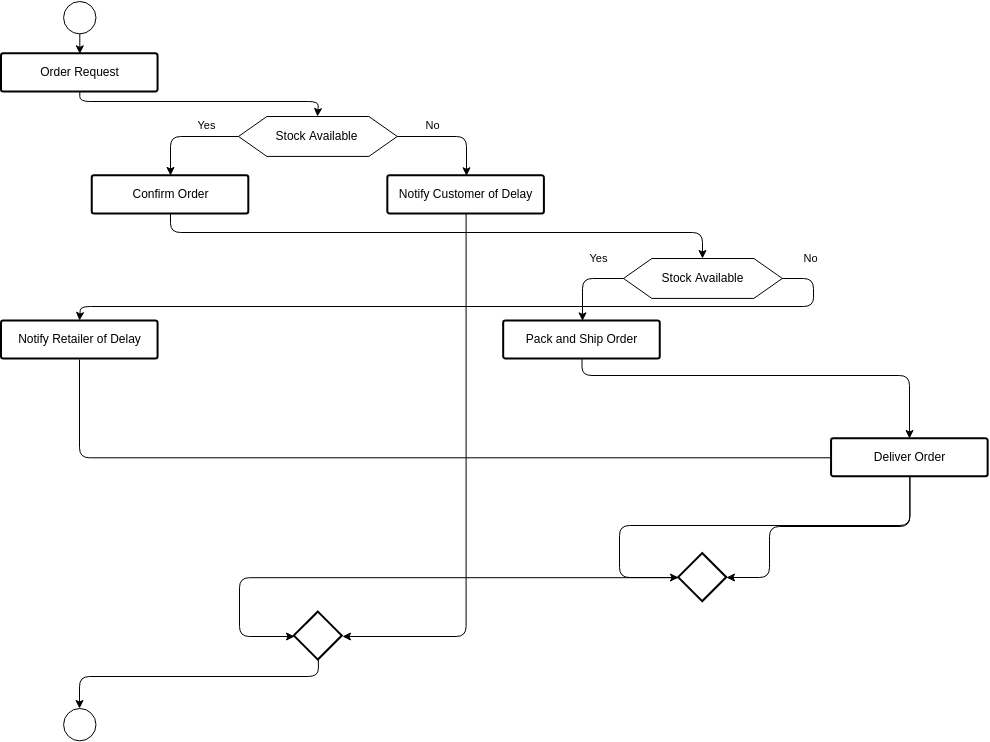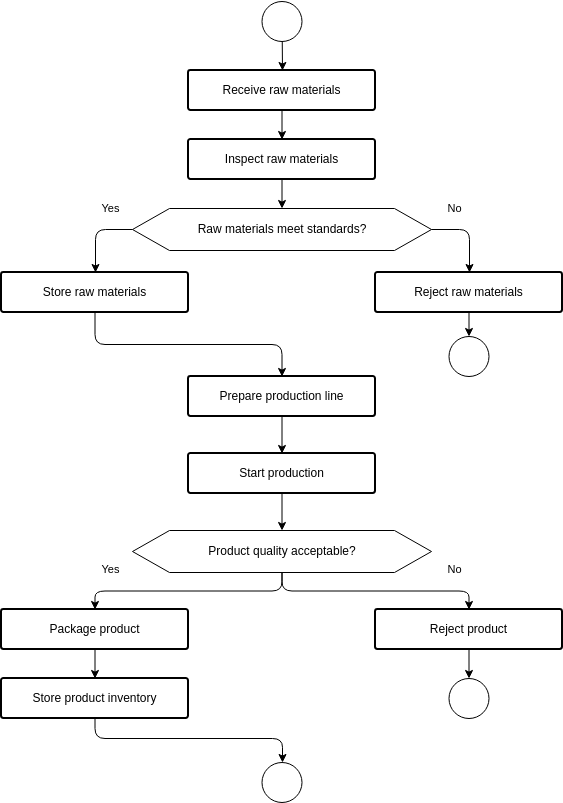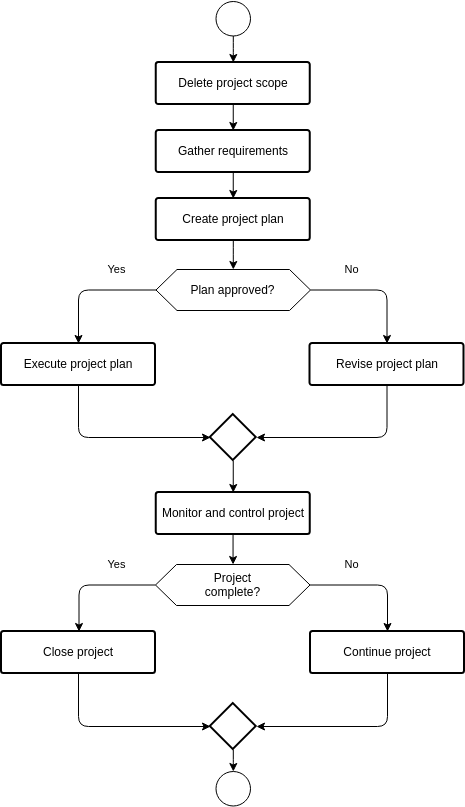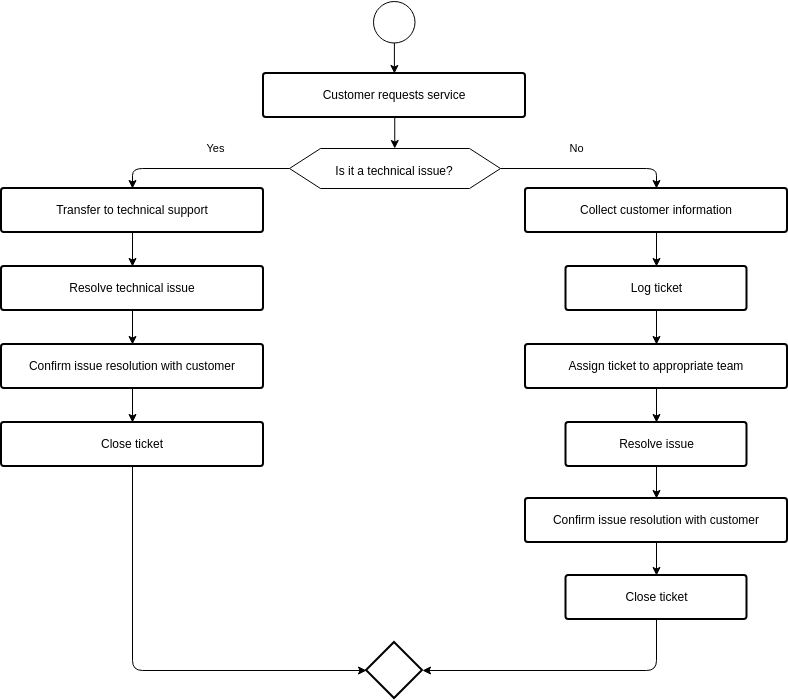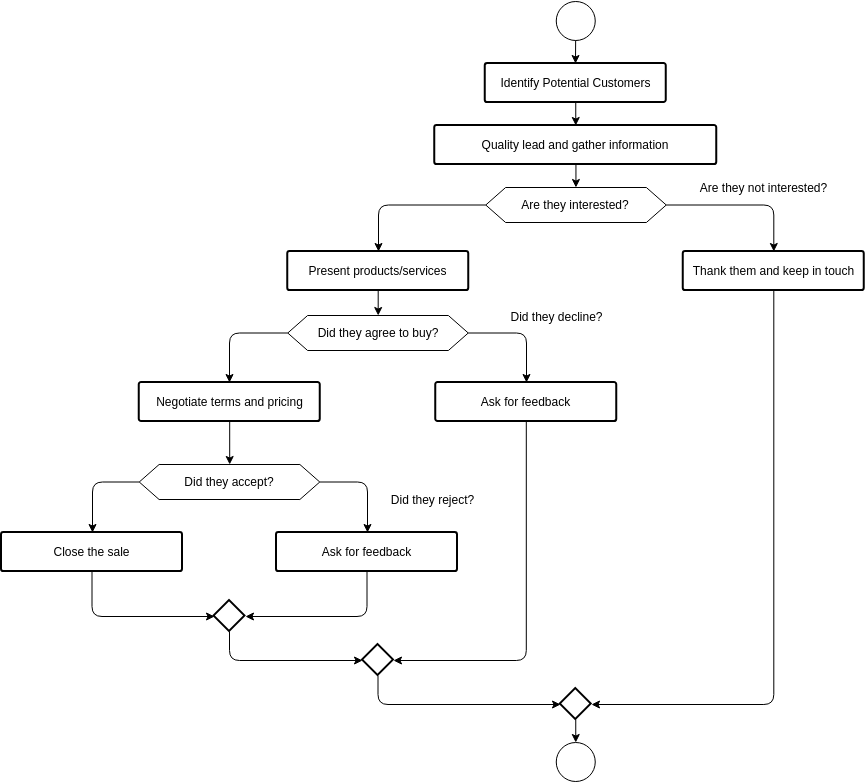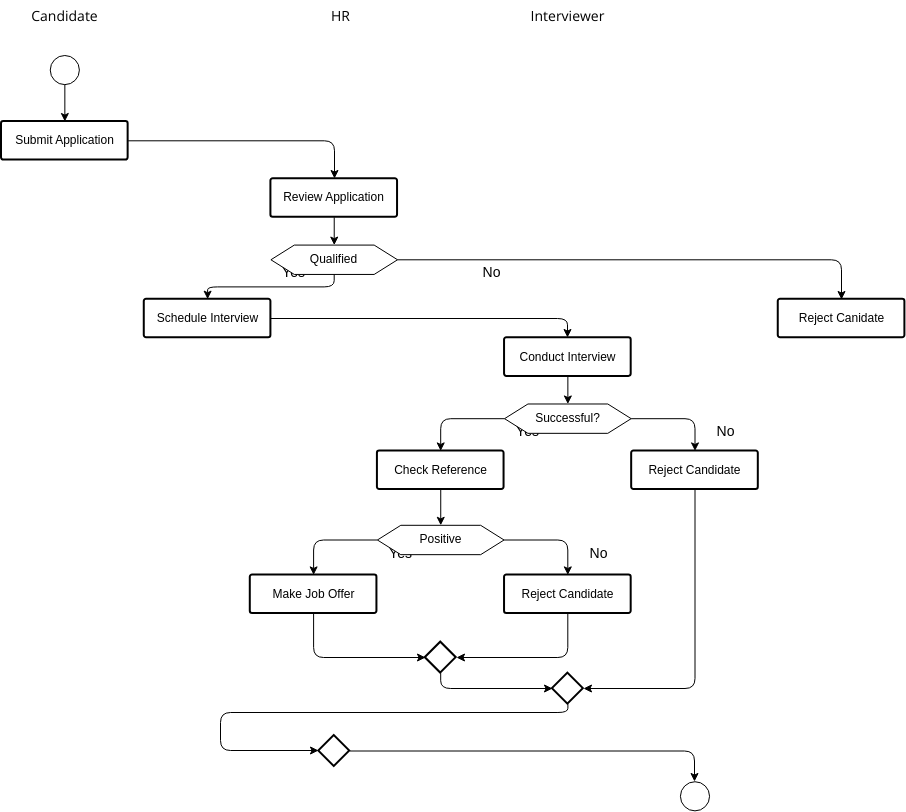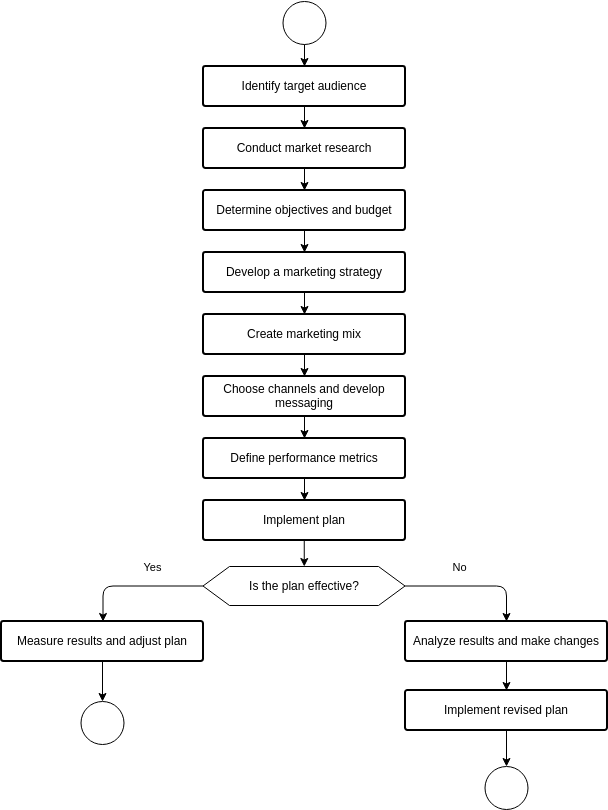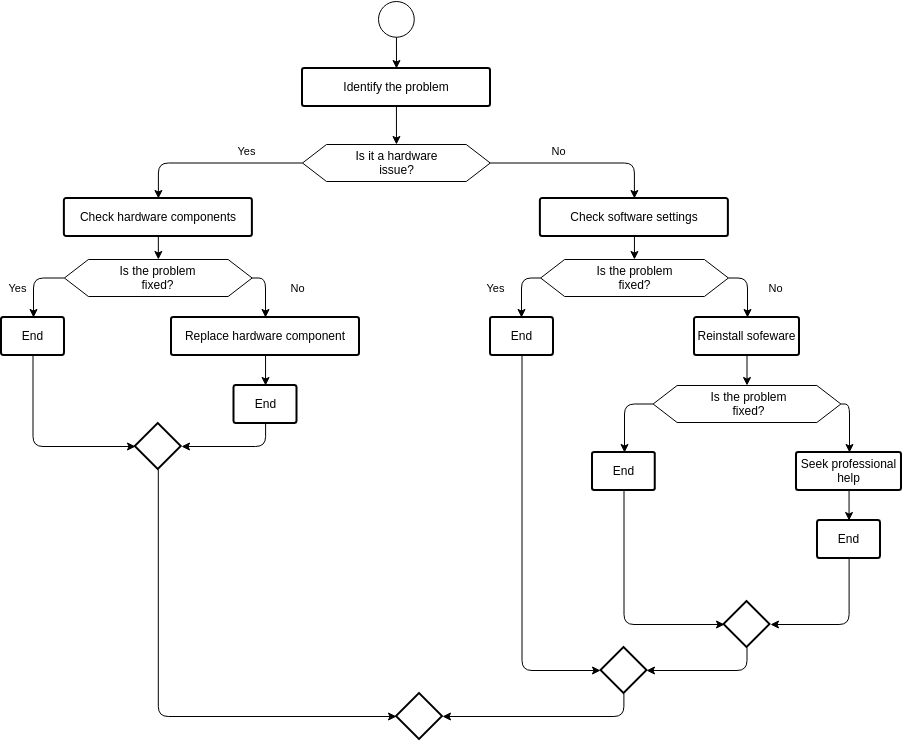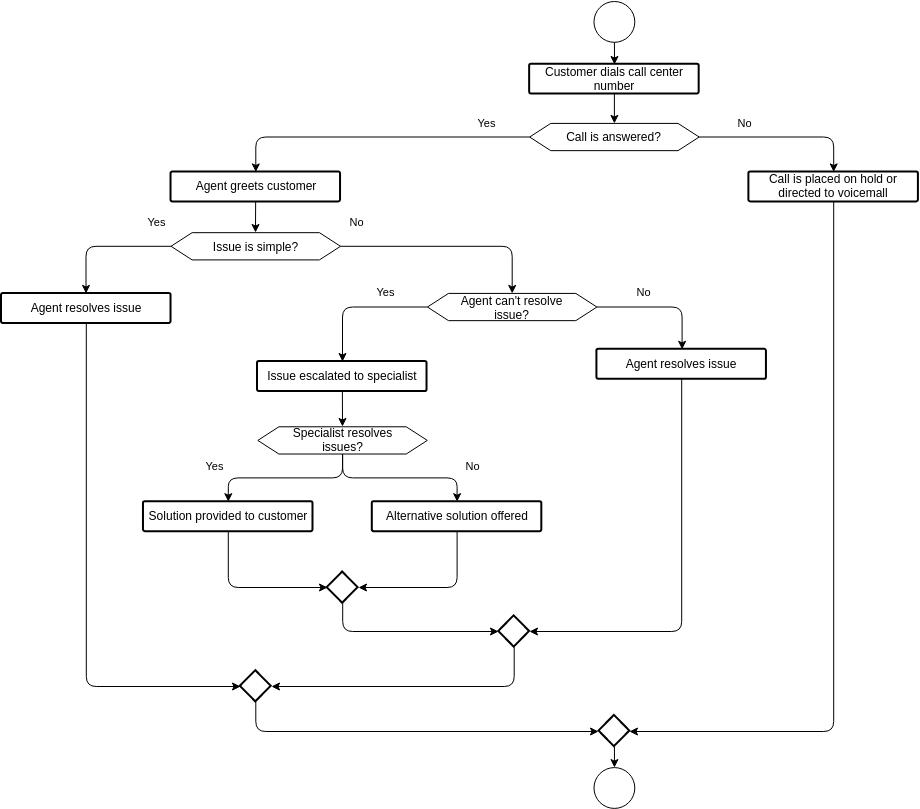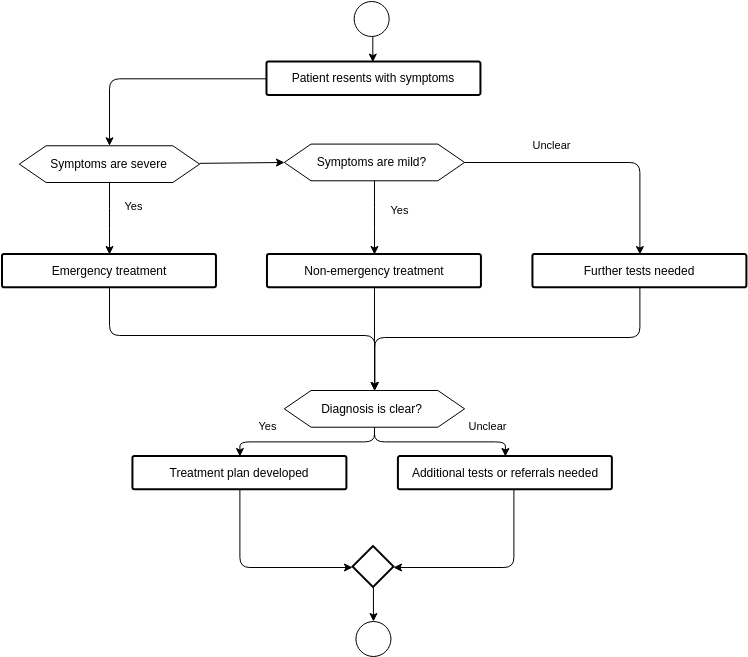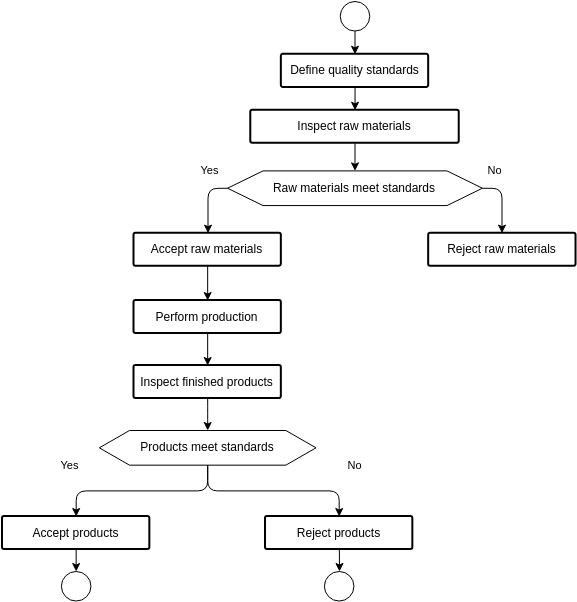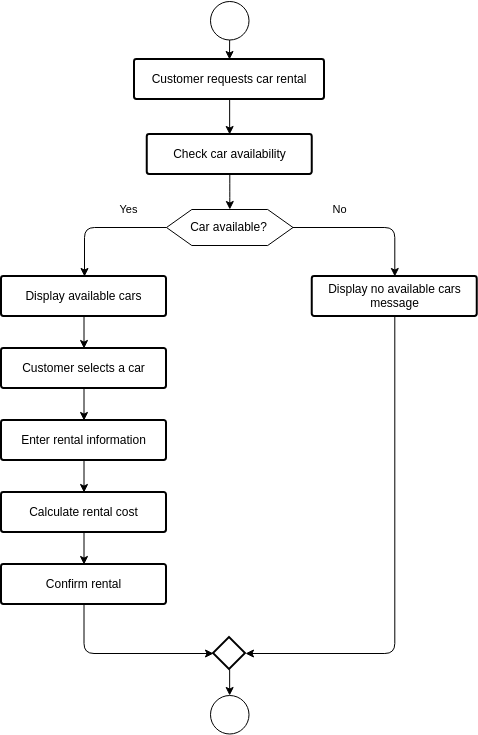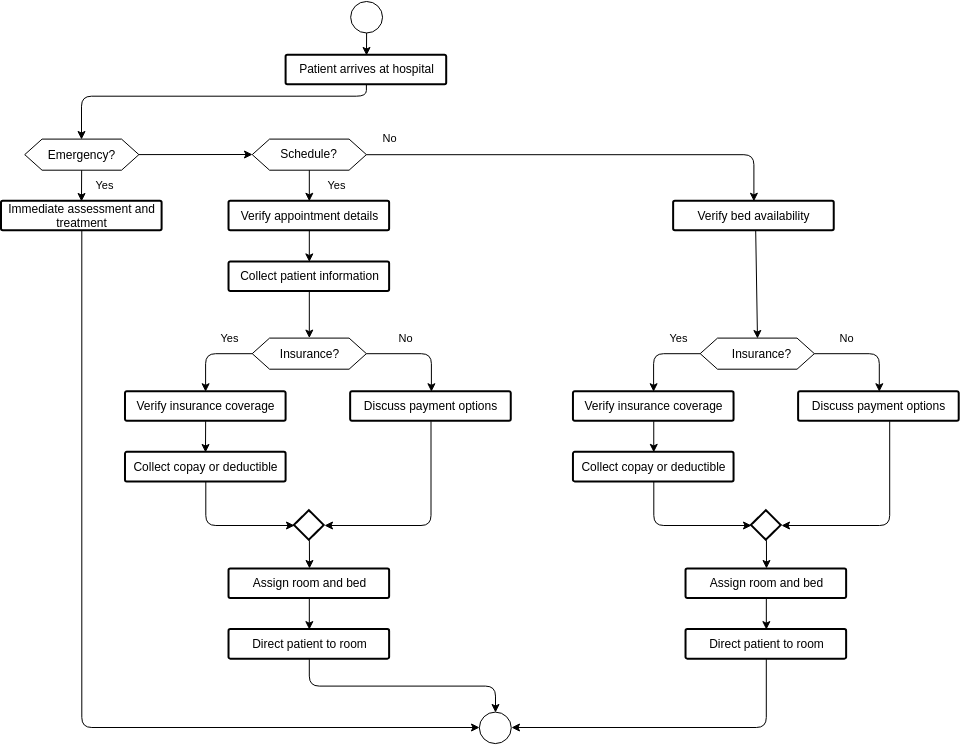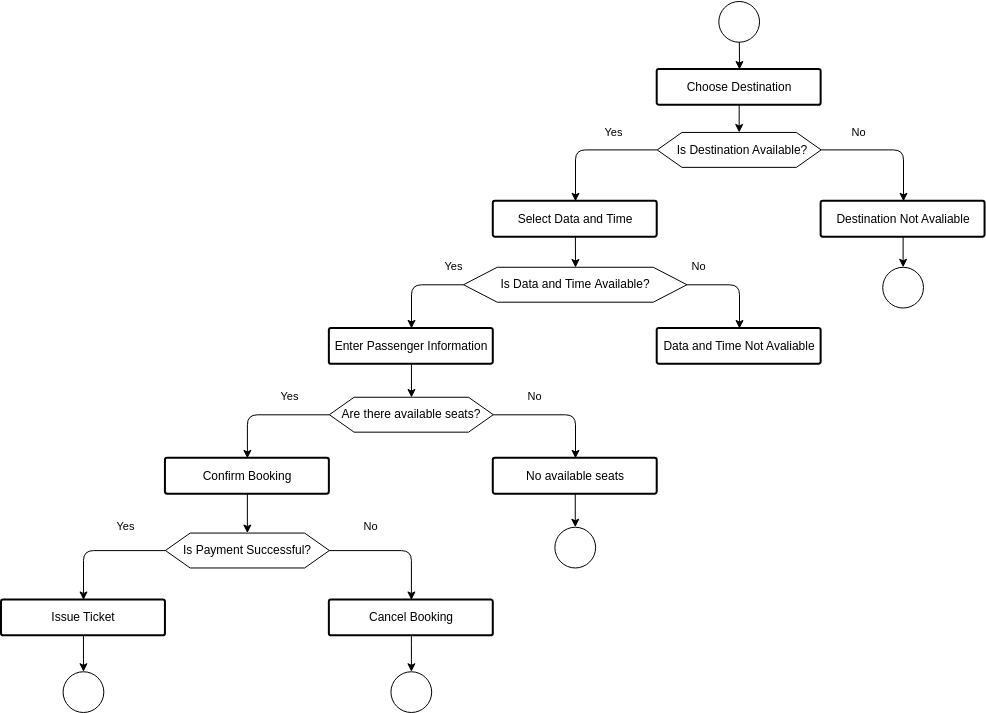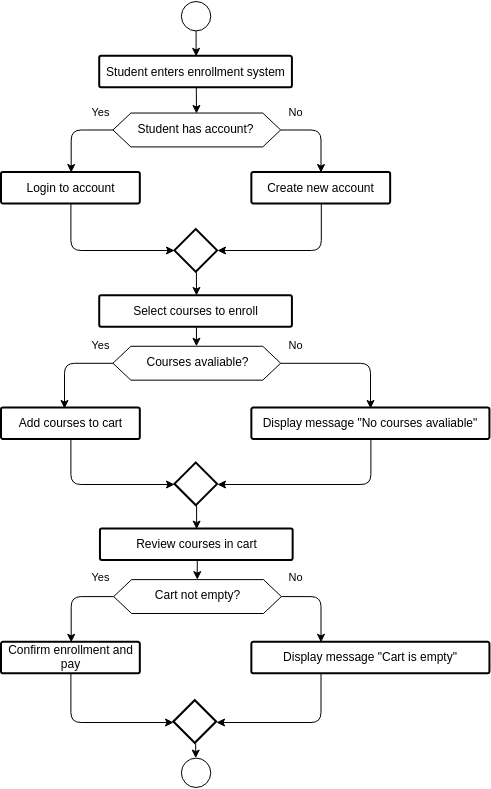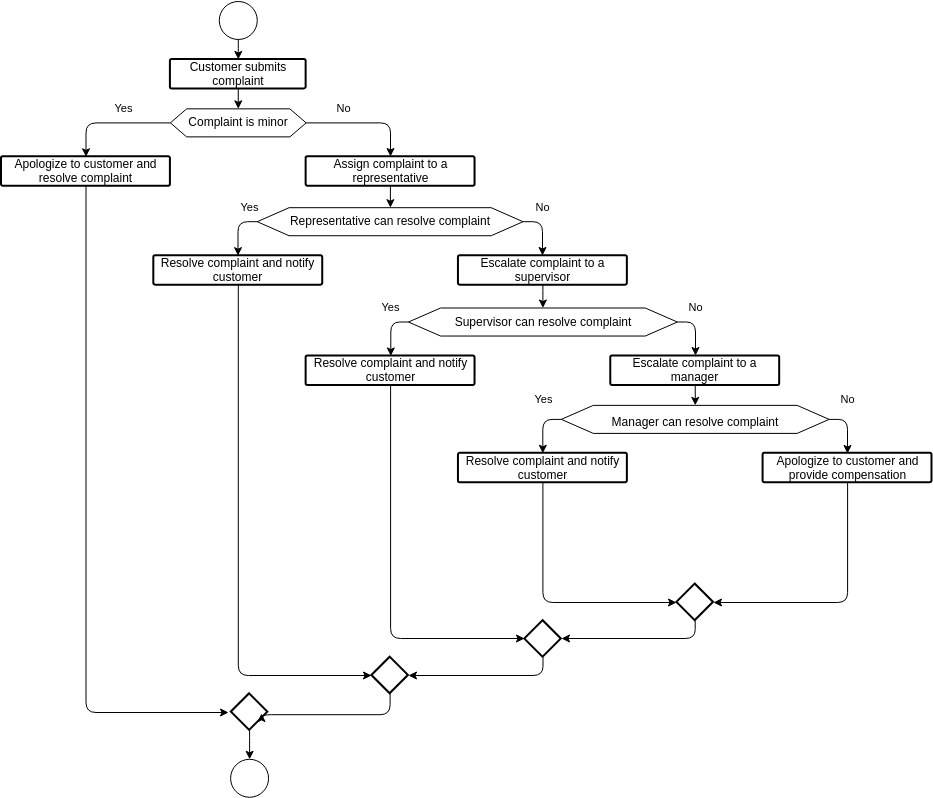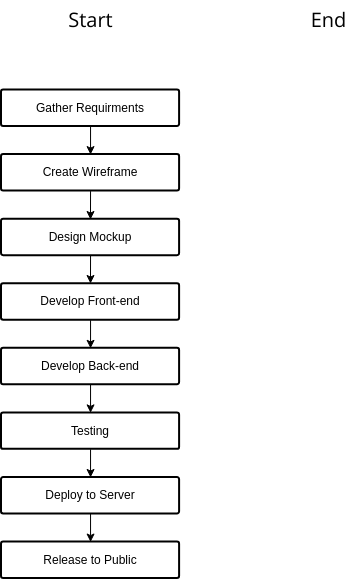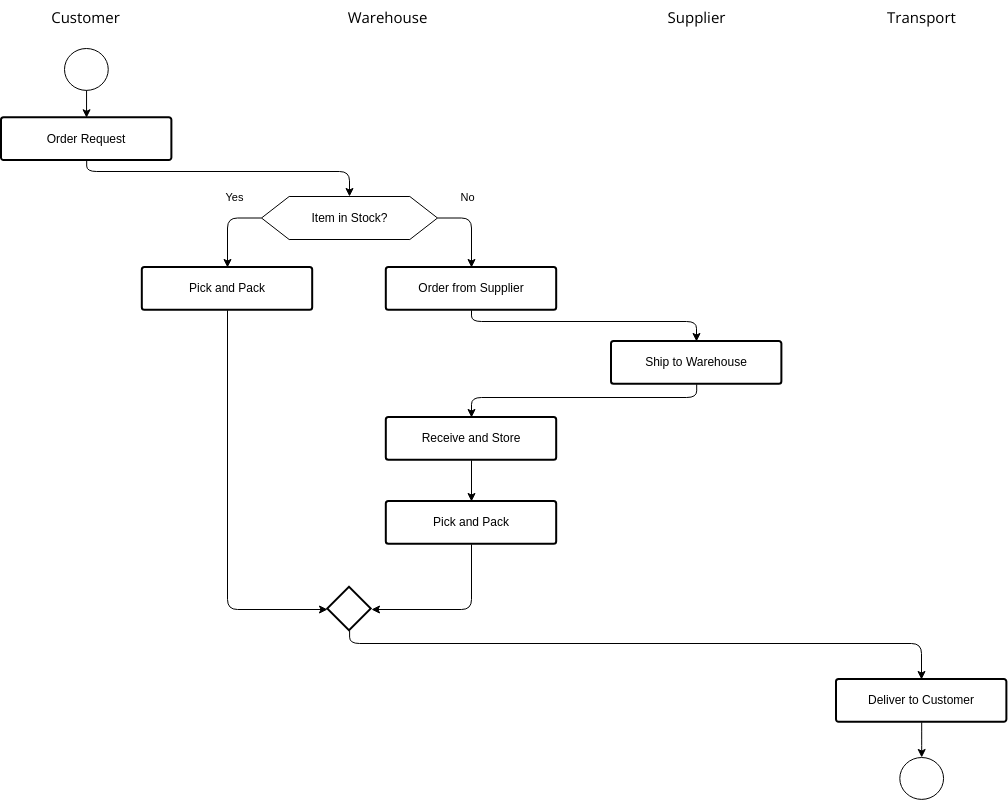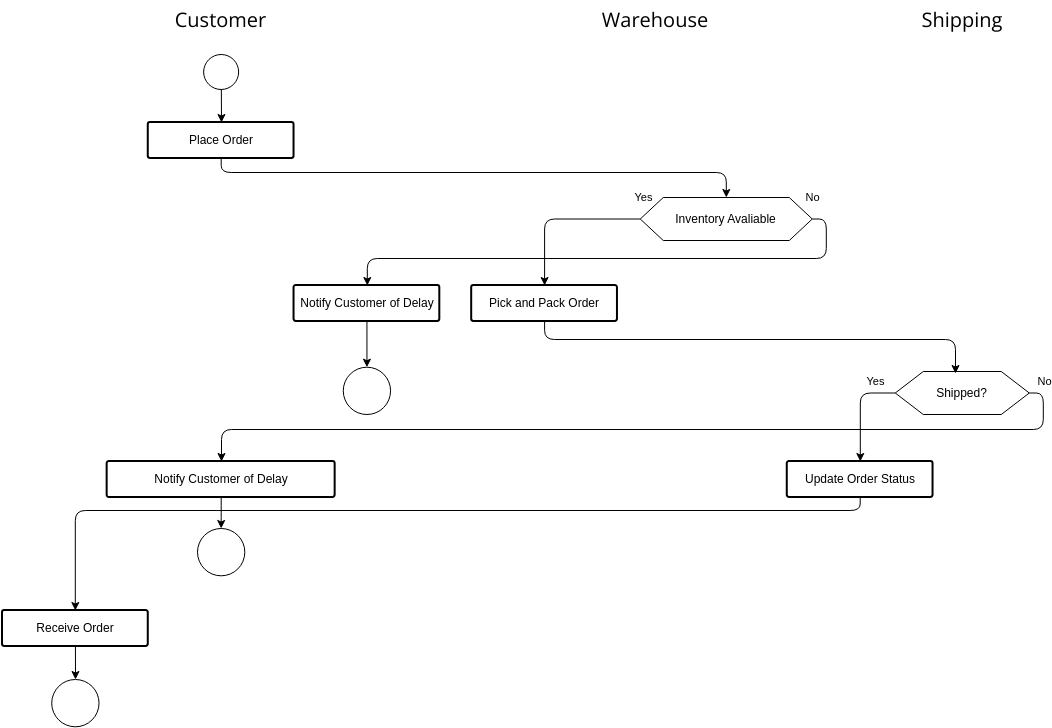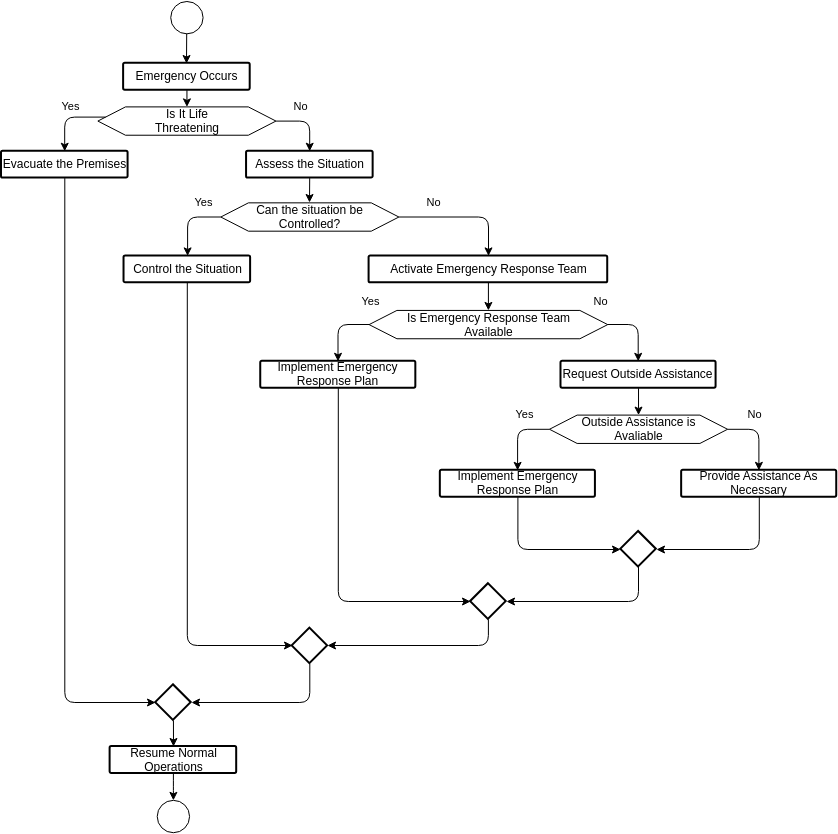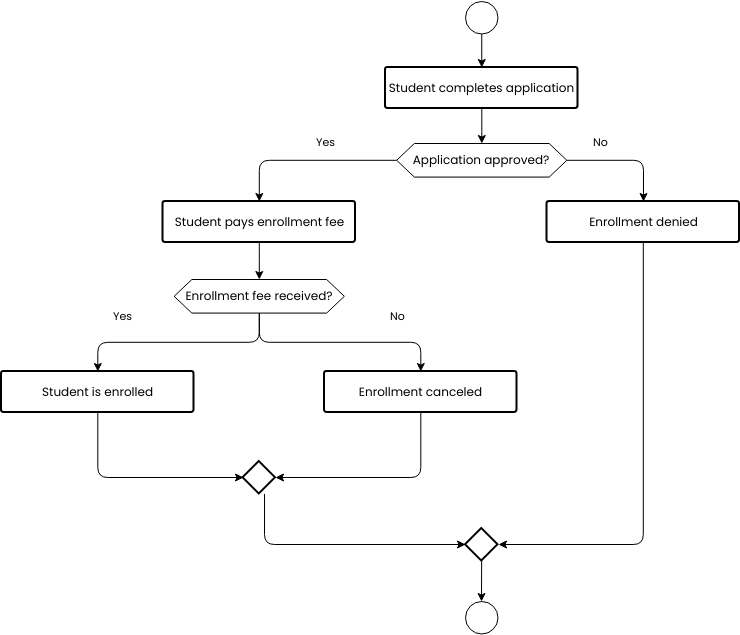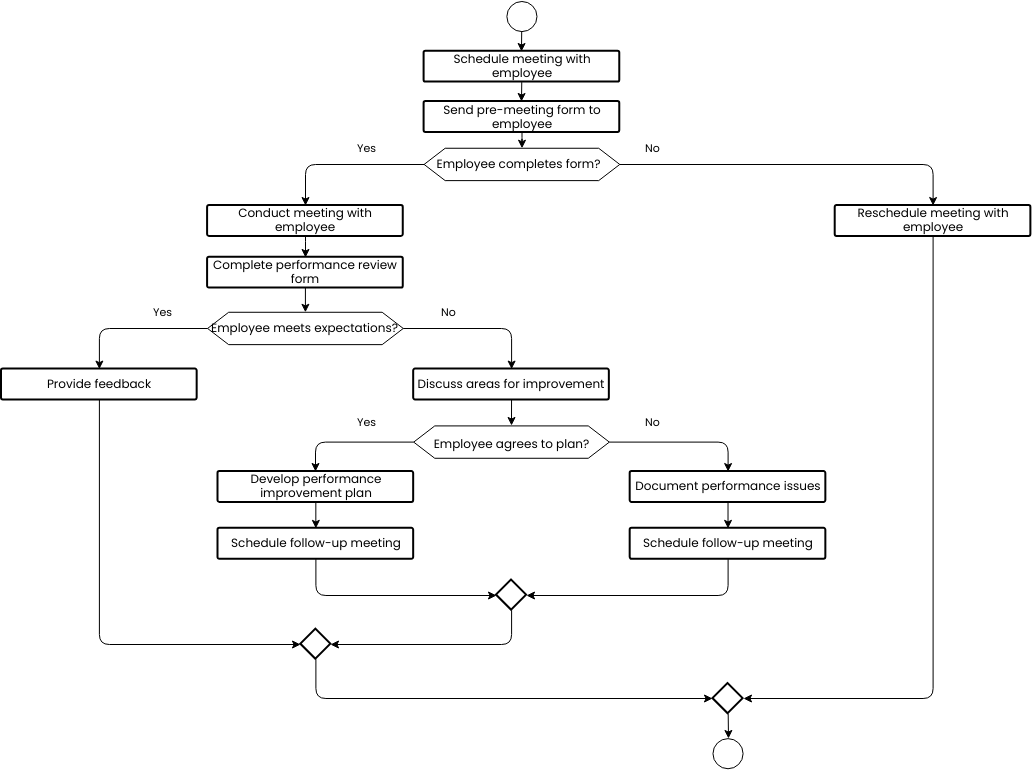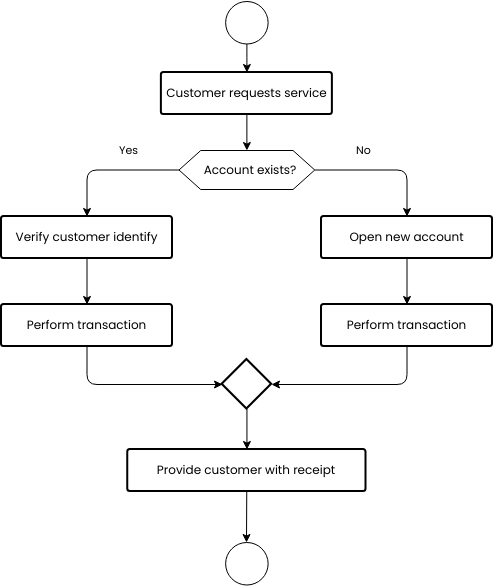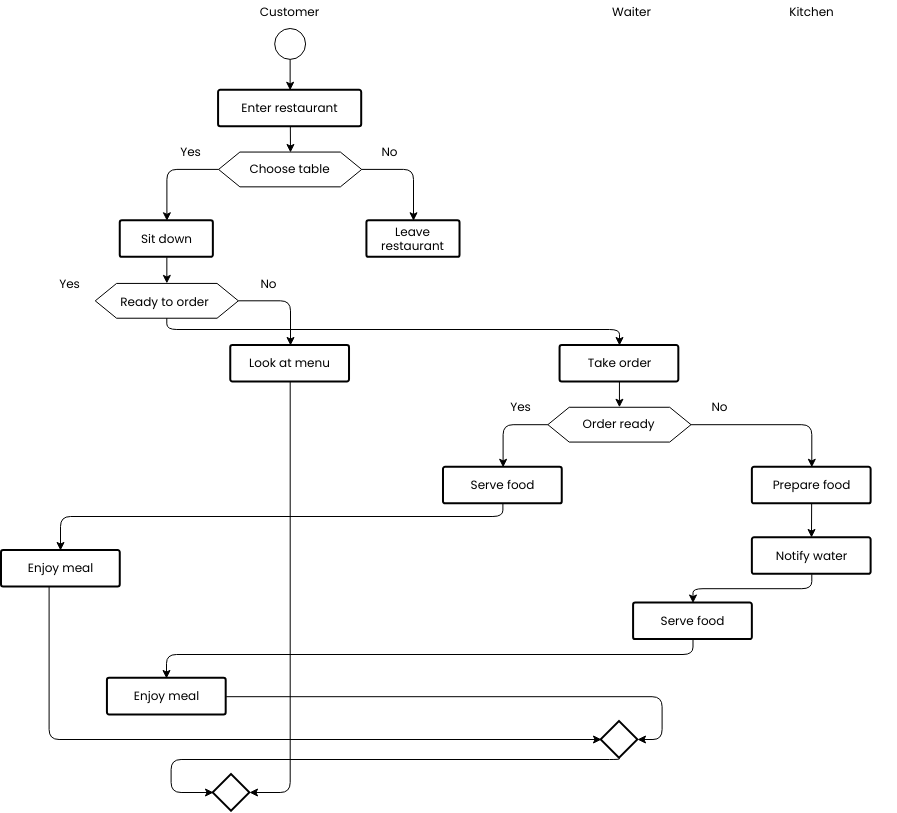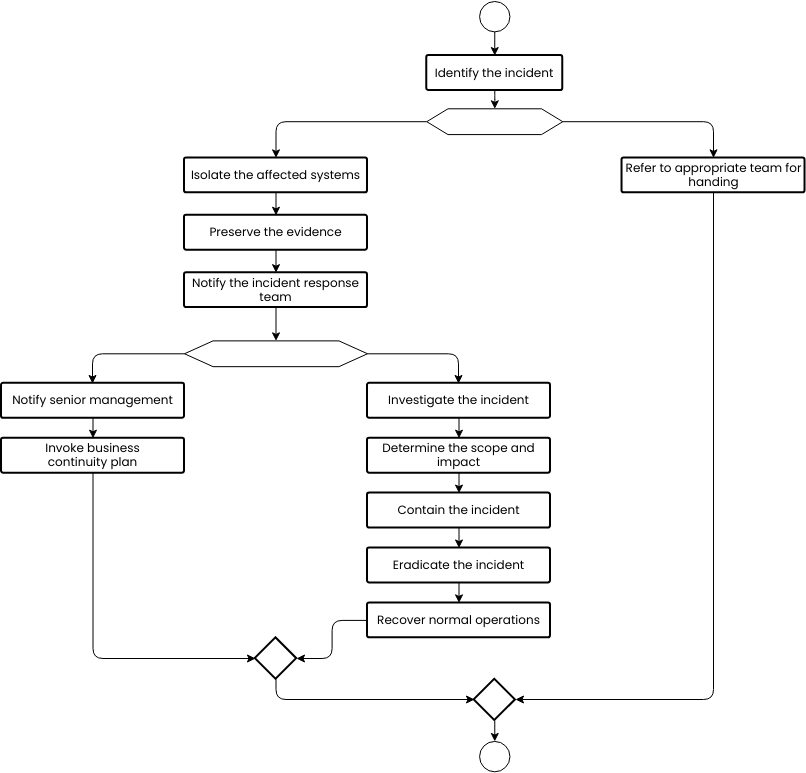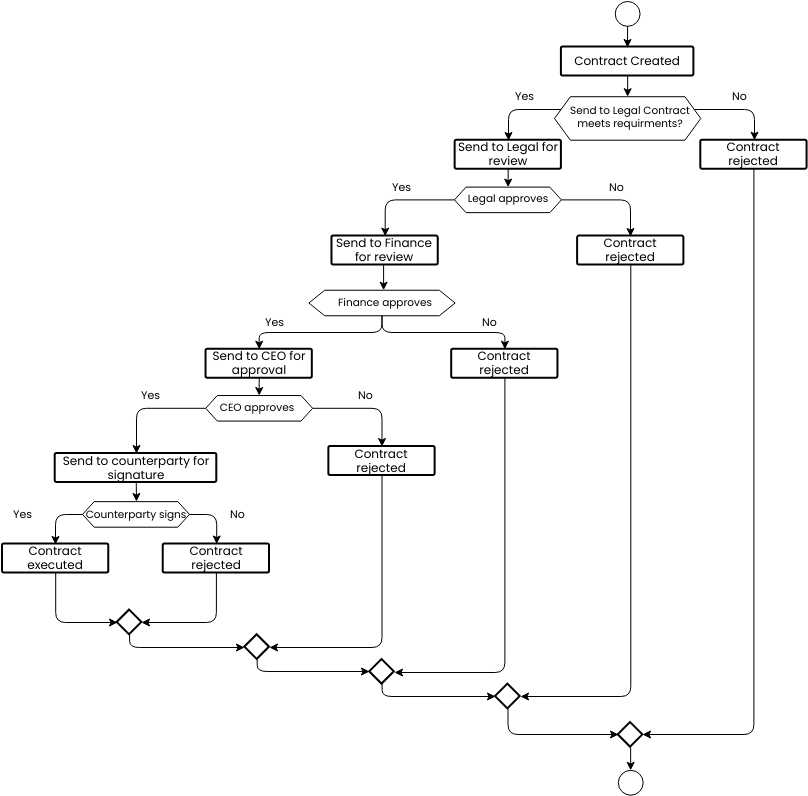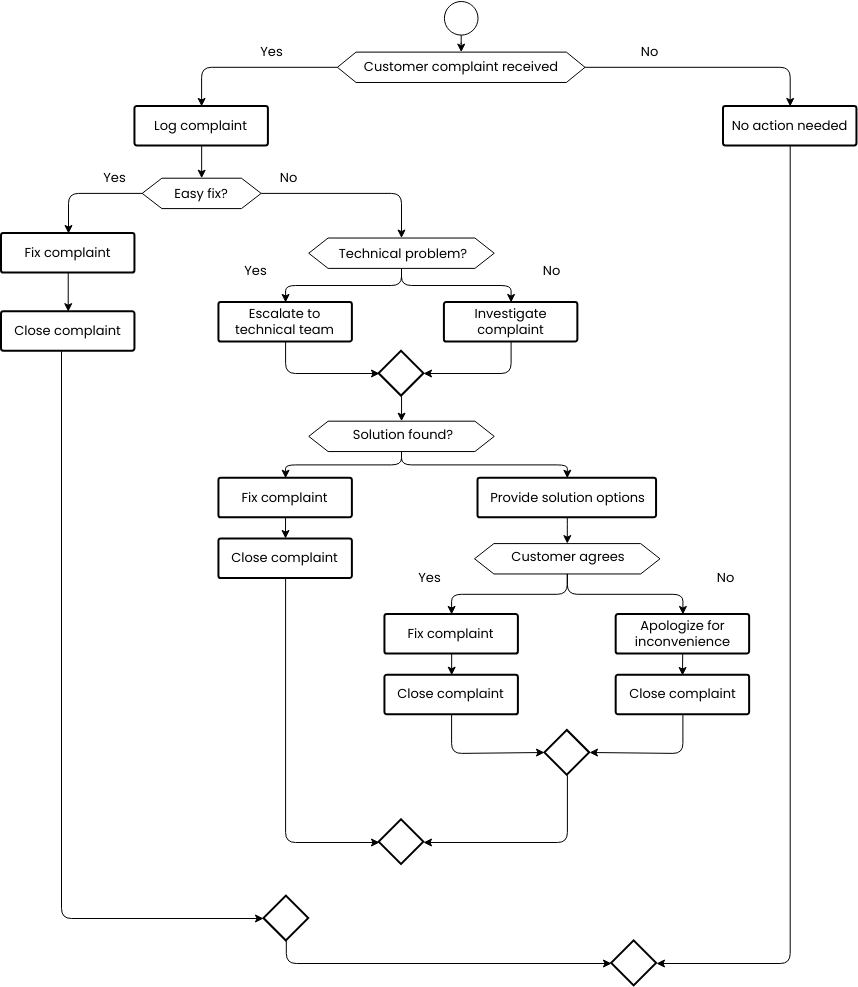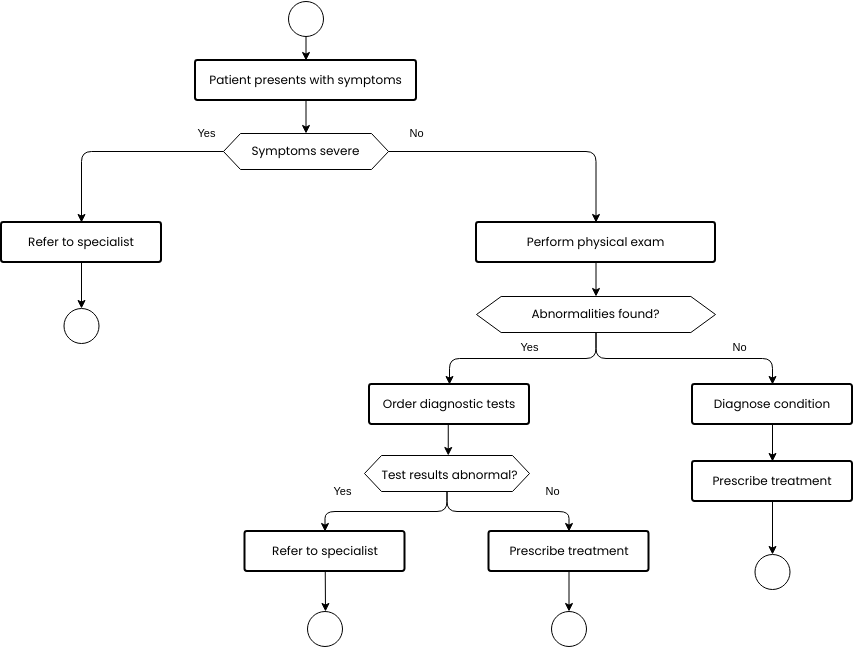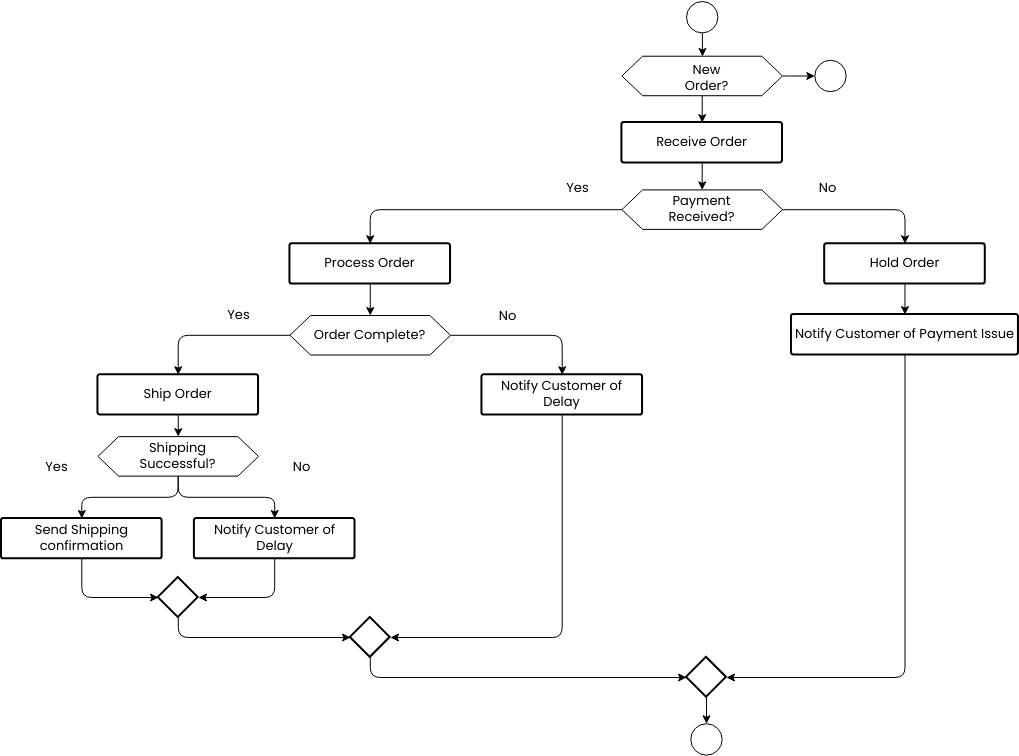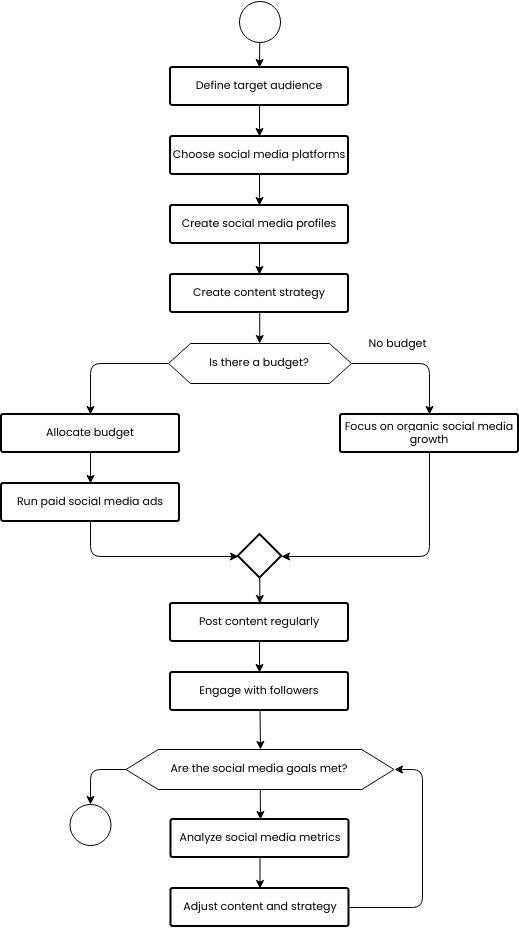A troubleshooting flowchart is a visual representation of the steps involved in identifying and resolving problems that occur in software or hardware. This flowchart outlines the steps involved in troubleshooting software issues, including identifying the problem, restarting the software, checking for updates, installing updates, and contacting support.
The first step in the troubleshooting flowchart is to identify the problem. This involves gathering information about the issue, such as error messages or symptoms, and analyzing the data to determine the root cause of the problem. Once the problem has been identified, the next step is to attempt to restart the software, as this can often resolve minor issues and restore functionality.
If restarting the software does not resolve the issue, the next step is to check for updates. This involves determining whether there are any available updates for the software that may address the issue. If updates are available, the next step is to install them, as this can often resolve bugs and improve performance.
Do you need templates for flowchart design? Right away, go to Visual Paradigm Online to look at some of your favorite customizable templates.
If installing updates does not resolve the issue, the next step is to contact support. This may involve reaching out to the software vendor's technical support team or consulting online forums or user groups. The support team can provide further guidance on how to troubleshoot the issue and may be able to provide a solution or workaround.
If contacting support does not resolve the issue, the final step is to escalate the issue to a higher level of support, such as a senior technical support team or a software developer. This may involve providing additional information about the issue, such as detailed logs or system information, to help diagnose and resolve the problem.
What are the benefits of creating this flowchart?
Creating a troubleshooting flowchart can provide numerous benefits for software or hardware systems. By providing a step-by-step process for identifying and resolving problems, a flowchart can help to improve efficiency, consistency, problem-solving, user experience, and support costs. Following a standardized troubleshooting flowchart can help users to diagnose and resolve issues more efficiently, improving system performance and reducing downtime. Additionally, the flowchart can help users to think through the problem-solving process more effectively, potentially leading to more effective solutions.
Overall, a troubleshooting flowchart is an essential tool for organizations that rely on software or hardware systems. It can help to reduce support costs and improve the overall efficiency of the support team, leading to a better user experience. Furthermore, the standardized troubleshooting process can help to build trust and loyalty with users, ultimately contributing to the success of the organization.
Searching for some flowchart templates? Go to Visual Paradigm Online and select some designs for customization now!
